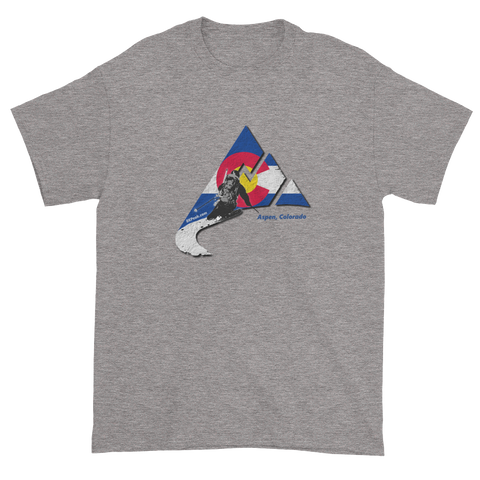So you’re headed for the greater ranges? All set with gear, appropriate clothing, cameras, Go Pros, and everything else that a typical expedition requires. You catch your flight out of Denver, Seattle, LA, New York —wherever—with the anticipation of a great trip.
Eight, nine, ten hours later you arrive at your destination. What next?
A lot of international flights seem to arrive at night—notably those headed to the Andes. You get out of the airport and hail a taxi to take you to a hotel. You get to the hotel, jump out of the taxi, ready to haul gear into the hotel, and bam! It hits you. No one has the local currency to pay the taxi driver.
While in this modern age (read: digital, connected economy) many expenses can be pain via credit card readers attached to cell phones, there are still many locations where simple, local currency is required.
I remember arriving in Kampala in 2006 for a several week trip into the Rwenzoris. When my two climbing partners and I arrived, it was pretty apparent I was the only person who’d brought cash of any kind. I had several hundred dollars in US bills, but at the airport, I’d gone to an ATM and pulled out several thousand Ugandan shillings (as I write this in late 2015, the Ugandan shilling is currently worth 0.00028 US dollars). So, for the next few days while we arranged ground transport to the mountains, I paid for everything. My climbing buddies wondered why I was so grumpy, but it was obvious. Eventually they found ATMs and paid me back, but it proved a big boo-boo on our parts in terms of preparedness.
I’m pretty anal about being ready. During a trip to Peru in 2000, a friend organized most of our trip, including free gear. When I suggested I would help him with preparations and found a hotel near the Lima airport and booked a big room for the four of us, he was floored. No one, he said, ever helps him prepare on his trips. (I got the name and number of the hotel from a climber friend who’d been to Peru recently and called the hotel from Colorado to book the room.) It proved a smart thing to do. Arriving in Lima, a city of 9 million, at night can be a pretty scary thing.
Here are a few things to consider before and after you leave on your expedition:
- Hotel for the night you arrive. Even if you arrive in the daytime, you’ll still be jet-lagged and ready for some serious rest. See if you can book a night from the States before you leave.
- Get the local currency. Even if everyone has credit card readers these days, it cannot hurt having the local moolah. Buying Drinks and snacks when you arrive will be easier if you have the local money. You can usually get it from an ATM in the airport when you arrive, but check the currency exchanges in US airports before you fly. They’ll often have what you’re looking for.
- Fitness. This is obviously a no-brainer.
- Comfortable clothes for the flight—another no-brainer.
- Check for free shuttles. Many hotels, even cheap ones in the Third World, offer free shuttles between their hotel and the airport. Ask them when you call to book a room.
- This one will sound nuts, but a headlamp. If you’re arriving at night and using foreign currency, with which you might not be familiar, a headlamp is a good idea. I think I paid a cabbie waaaay to much when we got to Lima because I didn’t know Peruvian currency, and in all honesty, could barely see the bills in my wallet.
- An itinerary to leave at home. This is more for peace of mind for wives, children, and parents. We all see our trips get sidetracked by a day or two, even a week (point this out to your loved one on the itinerary itself).
There are many other things to consider—snack for the plane trip; knowing exactly what you need in terms of gear; solar charges for those digital devices; what, exactly, is available in-country; what the local money is worth, some basic local words, etc., etc.—but if you start thinking creatively, you’ll figure out some of the many things that will help you be prepared for your exotic destination.
Happy trails.


